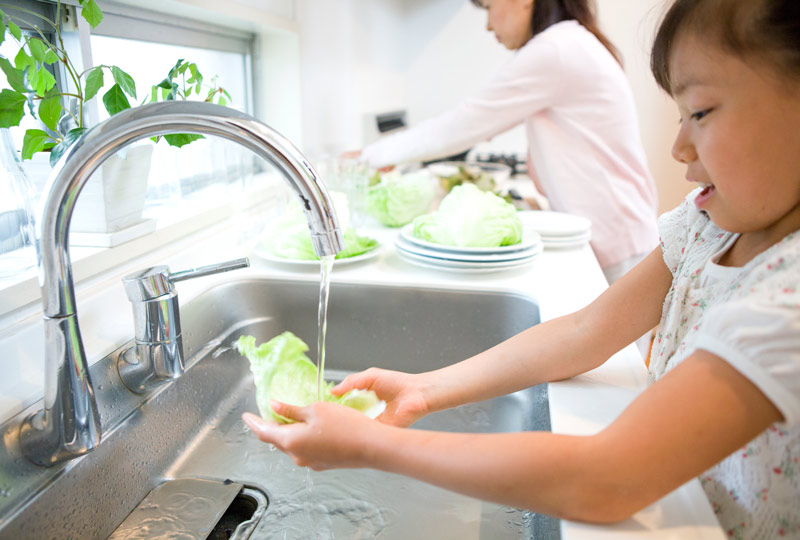Burn injuries can happen easily within your home. Follow these steps to keep your family safe from potential burns.
The smell of cookies baking in the oven or tasty meals simmering on the stovetop is hard to resist for adults and children alike. However, before you sample your soup — or pour a steaming cup of coffee — be aware that cooking, drinking and serving liquids are responsible for 85 to 90 percent of scalding burns, according to the American Burn Association. But there are many ways to prevent burn injuries from happening.
U.S. hospitals treat an estimated 110,000 people under 19 for burn injuries every year. In 2016, some 486,000 Americans of all ages received medical treatment for some type of burn. The Centers for Disease Control notes that “younger children are more likely to sustain injuries from scald burns that are caused by hot liquids or steam, while older children are more likely to sustain injuries from flame burns that are caused by direct contact with fire.”
Burn injuries can happen in many ways. The National Center for Biotechnology Information defines a burn as an injury caused by thermal (heat) trauma. Scalds are burns from hot liquids, contact burns come from hot solids and flame burns are from direct contact with flames. Injuries to the skin or other organic tissues due to radiation, radioactivity, electricity, friction or contact with chemicals are also considered as burns.
While thousands of burns occur annually, many of them at home, increased awareness of the dangers can prevent injuries. To help people be mindful of scald burns, the American Burn Association has declared the first week of February as National Burn Awareness Week.
Following a few simple precautions will help keep you and your children safe from potential burns.
- Always supervise children in the kitchen and dining areas.
- Create a “No Child Zone” while preparing and serving hot foods and beverages.
- Don’t carry or hold a child while cooking on the stove. Instead, place the child in a high chair or another safe area.
- Children love to reach. To prevent hot food or liquid spills, use the back burner of your stove and turn pot handles away from its edge. Also, keep hot foods away from the edge of your counters.
- Don’t wear loose clothing while cooking. Be sure to keep clothing from touching flames or heating elements.
- A small adjustment to your water heater can give you one less thing to worry about. To prevent accidental scalding, set your water heater lower than 120 degrees Fahrenheit, or at the manufacturer’s recommended setting for scald safety.
- Make a habit of placing matches, gasoline and lighters in a safe place out of children’s reach. Avoid novelty lighters. They may look like toys to a child.
- When filling the bathtub, turn on cold water first, then mix in warmer water carefully. The American Burn Association says 100 degrees Fahrenheit is a safe water temperature for bathing.
- In case of a burn, cool the area under cold running water for 10-15 minutes. Call 911 for serious burns.
National Burn Awareness Week is the perfect time to develop a home fire drill, check your smoke alarms, and make your kitchen safe.

